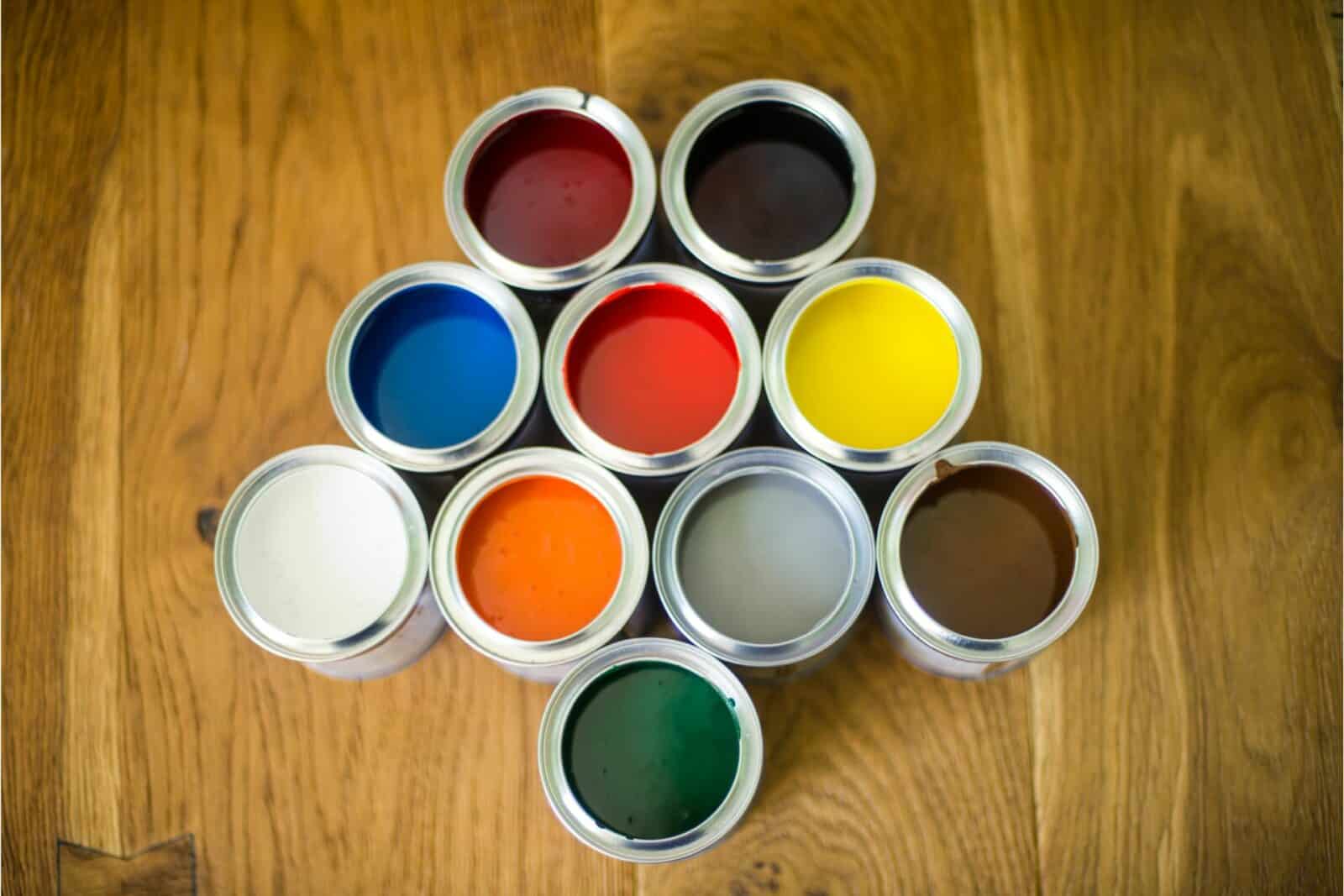Painting projects often leave us with leftover paint that we may want to keep for touch-ups or future projects. Properly storing paint is essential to prevent deterioration and ensure its quality remains intact. In this guide, we’ll take you through step-by-step instructions on how to store paint effectively for long-term preservation. From preparing the paint cans to choosing the right storage location, we’ve got you covered.
Storing paint might seem like a straightforward task, but it involves several crucial steps to ensure the paint’s longevity. Whether it’s leftover paint from a recent project or a collection of various shades, our guide will provide you with the necessary information to store your paint effectively and maintain its usability over time.
How to Store Paint: The Basics
Properly storing paint involves more than just placing the cans in a corner. It requires attention to detail and specific conditions that promote the paint’s preservation. Let’s dive into the fundamental steps of storing paint.
Preparing the Paint Cans
Before storing paint, it’s crucial to prepare the paint cans to prevent contamination and ensure a proper seal.
Cleaning and Labeling
Clean the rim and lid of the paint can to remove any dried paint that could compromise the seal. Additionally, ensure that the can’s label is legible, indicating the color, brand, and finish of the paint. This will save you time when you need to locate specific paint in the future.
Sealing the Lid
An airtight seal is essential to prevent air exposure, which can lead to paint drying or becoming thick. Press the lid firmly in place and use a rubber mallet to secure it if necessary. For added protection, consider placing a plastic wrap or a piece of wax paper between the lid and the can before sealing.
Choosing the Right Storage Location
Where you store your paint cans significantly impacts their longevity and usability. Follow these guidelines to choose the optimal storage location.
Temperature and Humidity
Paint is sensitive to temperature and humidity fluctuations. Store your paint cans in a cool, dry place with a consistent temperature. Extreme temperatures can cause paint to freeze or spoil, while high humidity can promote mold growth.
Avoiding Extreme Conditions
Keep paint away from direct sunlight, as UV rays can degrade the paint’s color and quality over time. Avoid storing paint near heaters, radiators, or any heat sources, as excessive heat can cause paint to separate or spoil.
Vertical or Horizontal Storage
Should you store paint cans vertically or horizontally? The answer depends on the type of paint and the condition of the can.
Organizing Your Paint Collection
An organized paint storage system saves you time and frustration when you need to retrieve specific colors. Consider these tips for an efficient paint organization.
Protecting from Sunlight
Sunlight can be detrimental to stored paint, causing color changes and deterioration. Choose a storage spot away from direct sunlight and consider using a cloth or cover to shield the paint from any potential light exposure.
Frequently Asked Questions (FAQs)
How long can I store paint before it becomes unusable?
Over time, paint can become less effective, but if stored properly, it can remain usable for up to 10 years or more.
Can I store paint in the garage?
While garages are commonly used for paint storage, extreme temperature fluctuations can affect paint quality. If you must store paint in the garage, choose a spot away from direct sunlight and invest in temperature control measures.
What’s the best way to reopen a sealed paint can?
To reopen a sealed paint can, gently tap the lid’s edges with a rubber mallet to break the seal. Then, use a paint can opener to remove the lid without damaging it.
Is it safe to store paint near appliances?
It’s best to avoid storing paint near appliances that generate heat, as the heat can affect the paint’s consistency and quality. Opt for a cool, dry location instead.
Can I store touch-up paint in smaller containers?
Transferring paint to smaller containers might seem practical, but it can lead to faster deterioration due to increased air exposure. It’s advisable to store paint in its original container with a proper seal.
How do I know if paint has gone bad?
Inspect the paint for an unusual odor, curdled appearance, or separated layers. If any of these signs are present, the paint may have gone bad and should be discarded.
Conclusion
Properly storing paint is a small investment that can yield significant rewards in the future. By following the steps outlined in this guide, you can ensure that your stored paint remains viable for touch-ups, future projects, and more. Remember, a little effort in the present can save you time, money, and frustration down the road.








